Most people worry they’ll never have enough money to retire comfortably. Working until 70 feels like a prison sentence, and traditional retirement advice assumes you’ll scrape by on Social Security and maybe a small 401(k). The stress of potentially outliving your savings keeps millions awake at night.
However, there’s a proven strategy that can transform this nightmare into financial freedom. The dividend snowball effect allows ordinary investors to build massive passive income streams that grow automatically over time.
I’m going to show you exactly how I harnessed this powerful wealth-building technique to generate enough dividend income to retire by age 60, without ever touching my principal investment.
What is the Dividend Snowball Effect?

At 52, I’ve spent the last 25 years building what I call my dividend snowball, and I can tell you firsthand how this strategy transforms your financial future.
The dividend snowball effect represents a powerful wealth-building approach where reinvested dividends accelerate portfolio growth exponentially over time.
Like a snowball gaining size as it rolls downhill, my investments accelerated in growth as reinvested dividends bought more shares, establishing a self-reinforcing cycle that today produces significant quarterly income.
When I started this journey in my late twenties, I discovered how each dividend payment becomes fuel for future growth.
Companies distribute profits to shareholders, and instead of spending those payments, I consistently reinvest them to purchase more shares.
This created a multiplicative effect where my growing share count generated increasingly larger dividend payments each quarter.
The mathematical progression accelerated my wealth accumulation far beyond what my regular contributions alone could achieve.
The snowball metaphor captures exactly what I experienced over two decades of disciplined investing.
My portfolio began modestly with just $500 monthly contributions, but as reinvested dividends accumulated, more shares, my income generation increased dramatically.
Today, my dividend portfolio generates over $4,200 monthly in passive income, and I’m on track to reach my $60,000 annual target by age 60 without touching the principal balance.
Step 1: Start Early and Invest Consistently
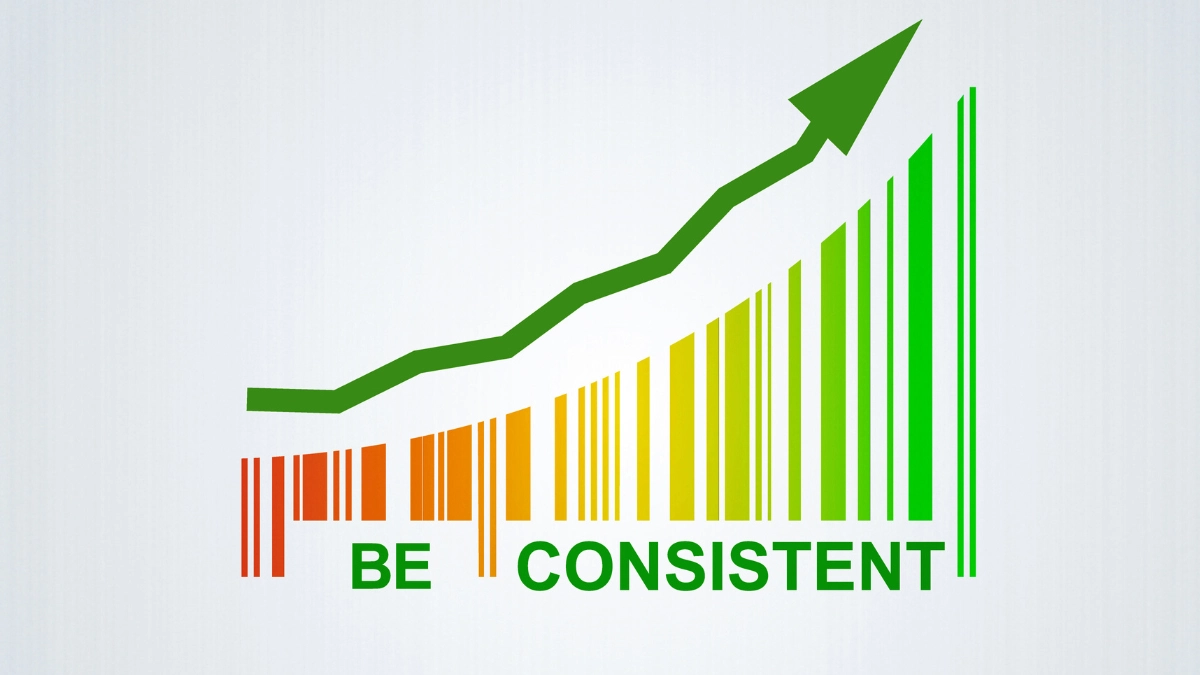
Looking back, I realize that starting early in my career gave me the most significant advantage in building my dividend snowball.
• I began investing immediately at 27: Starting in my late twenties provided 25+ years for compounding to work its magic. My initial monthly contributions of $500 seemed modest, but they grew into substantial positions when given sufficient time. Young investors like me benefit from higher risk tolerance and longer recovery periods from market volatility.
• I automated my investments: I set up automatic monthly transfers of $750 to my brokerage account to ensure consistent contributions regardless of market conditions or personal circumstances. This systematic approach eliminated emotional decision-making and ensured I was always participating in market growth opportunities, even during the 2008 financial crisis.
• I embraced dollar-cost averaging: My regular investment timing smoothed out market volatility by purchasing more shares when prices were low and fewer when prices were high. This strategy reduced the impact of market timing and helped me build positions gradually without requiring large lump-sum investments that stressed my budget.
• I increased contributions over time: As my income grew through promotions and career advancement, I incrementally increased my monthly investment amounts by $100-200 annually. These small increases significantly boosted my long-term portfolio value through compound growth, and now I contribute $1,200 monthly.
Step 2: Focus on Dividend Growth Stocks
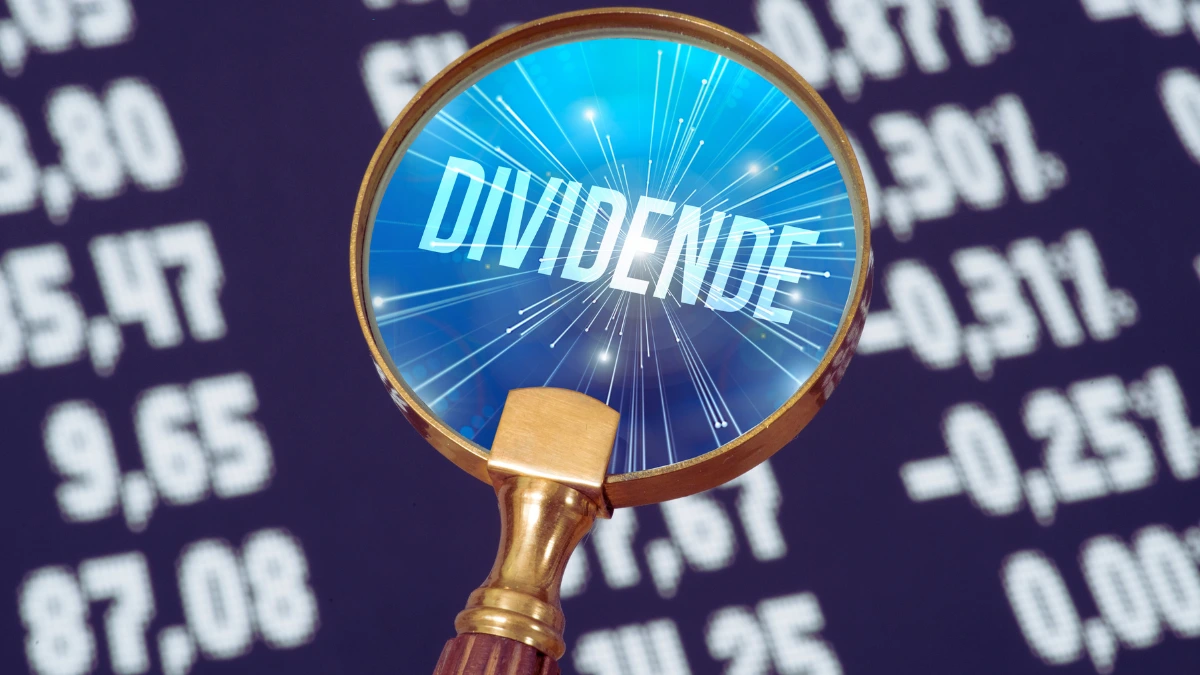
After years of trial and error, I learned that quality dividend growth stocks form the foundation of successful dividend snowball strategies.
• I targeted Dividend Aristocrats: These companies have increased dividends for 25+ consecutive years, demonstrating a commitment to shareholder returns through various economic cycles. My core holdings include Johnson & Johnson, Coca-Cola, and Procter & Gamble, which exemplify this consistency and have provided reliable income growth throughout my investing journey.
• I prioritized sustainable payout ratios: I learned to focus on companies paying out 40-60% of earnings as dividends, as they maintain healthy balance sheets while providing room for future growth. I avoid stocks with payout ratios above 80%, as these often indicate unsustainable dividend policies that could face cuts during economic downturns.
• I selected recession-resistant sectors: My portfolio emphasizes consumer staples, utilities, and healthcare companies that maintained stable earnings during the 2008 and 2020 market crashes. These businesses provide essential goods and services that consumers need regardless of economic conditions, making their dividends more predictable and reliable for my retirement planning.
• I researched dividend growth rates: I look for companies increasing dividends at 5-10% annually, as this growth helps offset inflation while building future income. Companies with strong competitive advantages and growing markets typically sustain higher dividend growth rates, and my average dividend growth across holdings runs about 7% annually.
Step 3: Reinvest All Dividends
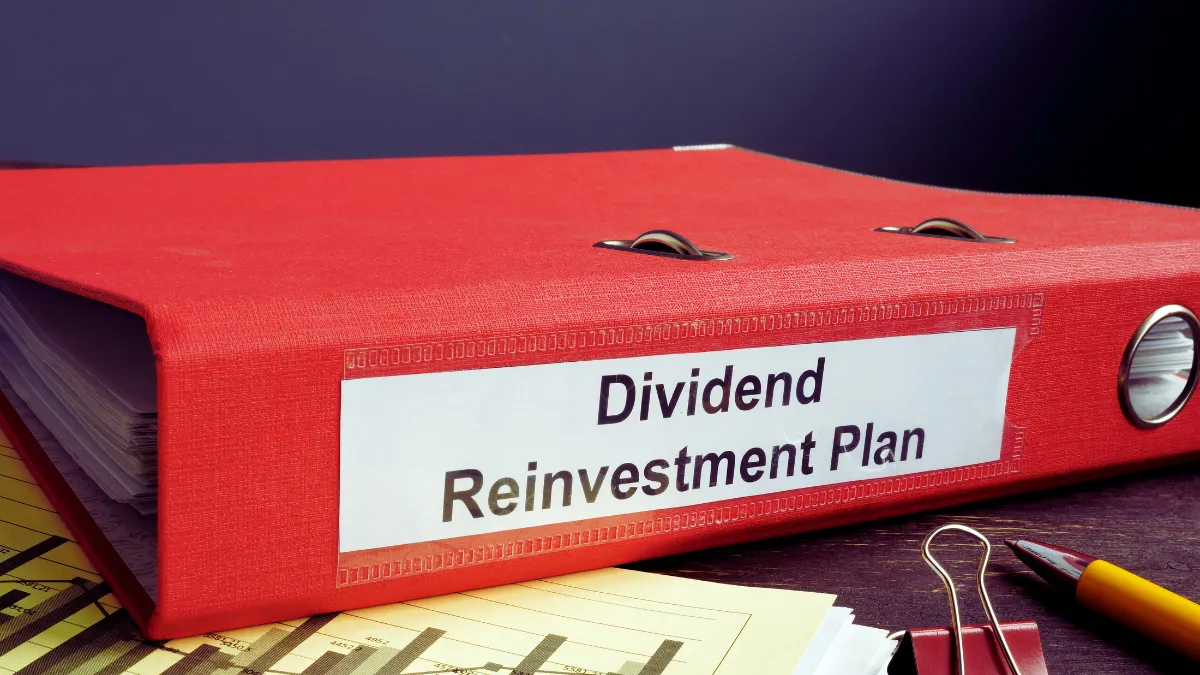
Throughout my 25-year journey, dividend reinvestment served as the engine driving my snowball effect, transforming quarterly payments into additional income-generating shares.
• I enabled DRIP programs: I set up automatic dividend reinvestment plans through my brokerage that purchase additional shares immediately upon dividend distribution. These programs waived transaction fees and allowed fractional share purchases, maximizing the efficiency of my reinvestment strategy and adding hundreds of shares annually to my holdings.
• I resisted spending temptation: The key to my snowball success was reinvesting every dividend payment for 25 years straight. I treated dividends as automatic reinvestment opportunities rather than discretionary income, which eliminated the compounding effect that now generates my substantial quarterly income.
• I tracked my progress: I monitored how many new shares my dividends purchased each quarter to visualize the snowball effect in action. Watching my share counts grow through reinvestment provided tangible evidence of my wealth-building progress and motivated me through challenging market periods.
• I considered tax implications: Since I reinvested dividends in taxable accounts, I factored tax obligations into my overall investment strategy. I maximized my tax-advantaged accounts like my 401(k) and Roth IRA for dividend-focused investments to minimize tax drag on my returns while building my taxable dividend portfolio.
Step 4: Diversify and Adjust as You Approach 60

As I’ve moved through my fifties, strategic diversification and gradual portfolio adjustments have become increasingly important for balancing growth with income stability.
• I spread investments across sectors: My current allocation includes utilities (25%), consumer staples (20%), healthcare (20%), financials (15%), REITs (10%), and technology (10%) to reduce concentration risk. This diversification protected me against sector-specific downturns while maintaining exposure to various dividend-paying opportunities across the economy.
• I incorporated dividend-focused ETFs: I added exchange-traded funds like VYM, SCHD, and DVY to provide instant diversification across hundreds of dividend-paying stocks. These funds offer professional management, automatic rebalancing, and lower individual stock risk while maintaining my dividend focus, comprising about 30% of my current portfolio.
• I gradually shifted toward higher yields: As I approach 60, I’ve increased my allocation to higher-yielding assets like REITs, utility stocks, and dividend-focused bonds. This transition prioritizes current income over growth potential, providing more predictable cash flow for my upcoming retirement expenses.
• I maintain cash reserves: I keep 12 months of expenses in cash and short-term bonds to handle emergencies without selling dividend stocks. This buffer protects my dividend portfolio from forced liquidation during market downturns or unexpected expenses, ensuring my snowball continues growing uninterrupted.
How Much Do You Need? (Dividend Income Targets)
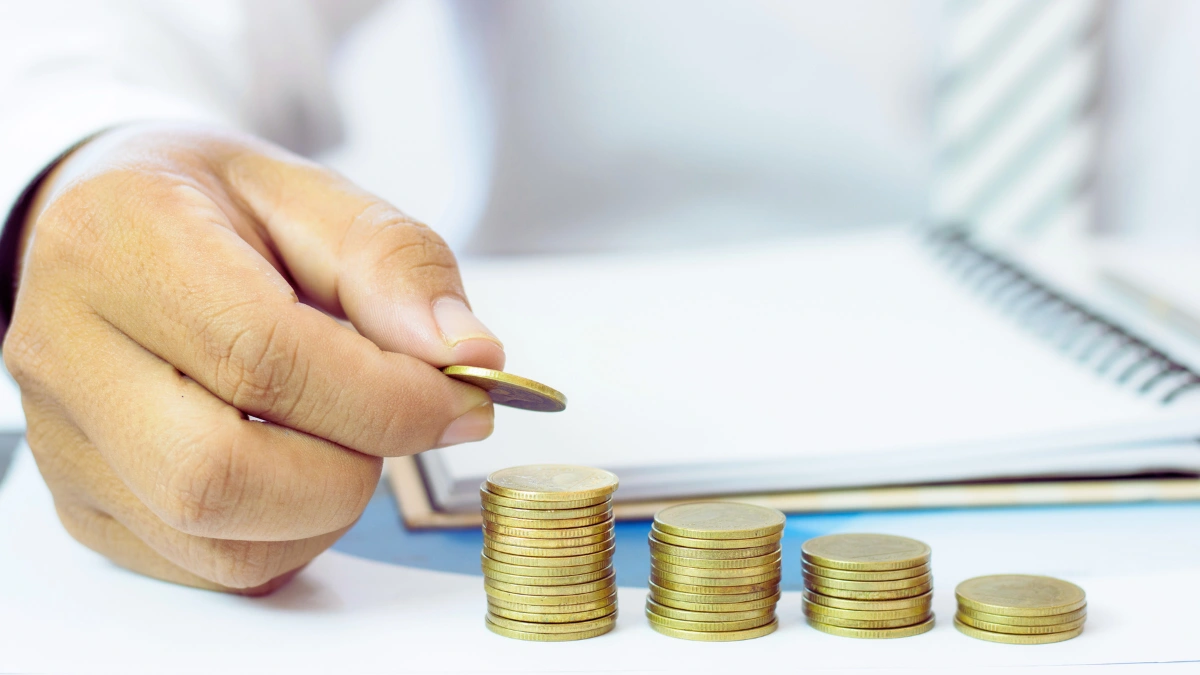
After 25 years of building my dividend portfolio, I’ve learned that understanding the relationship between portfolio size, dividend yield, and annual income generation is crucial for retirement planning.
My current portfolio targets yields between 3.5-4.5% to balance current income with future growth potential, and I’m on track to reach $1.6 million by age 60.
| Desired Annual Income | Portfolio Needed (3% Yield) | Portfolio Needed (4% Yield) | Portfolio Needed (5% Yield) |
|---|---|---|---|
| $40,000 | $1,333,000 | $1,000,000 | $800,000 |
| $50,000 | $1,667,000 | $1,250,000 | $1,000,000 |
| $60,000 | $2,000,000 | $1,500,000 | $1,200,000 |
| $70,000 | $2,333,000 | $1,750,000 | $1,400,000 |
| $80,000 | $2,667,000 | $2,000,000 | $1,600,000 |
Key Benefits of Dividend Snowball
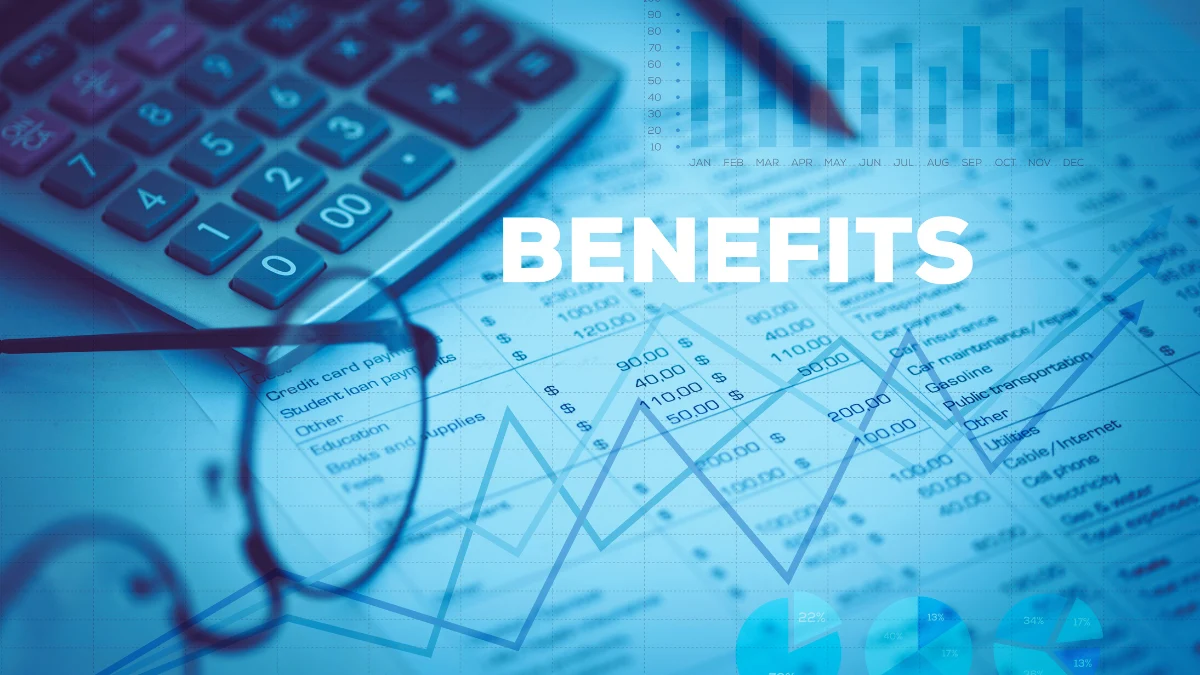
Throughout my 25-year dividend snowball journey, I’ve experienced several compelling advantages that make this strategy attractive for long-term wealth building:
• Steady passive income: I receive regular quarterly payments without selling any shares, preserving my capital base while generating income. This approach allows me to maintain ownership in growing companies while benefiting from their profit distributions, and my quarterly income has grown from $200 to over $4,200.
• Inflation protection: My portfolio companies typically increase dividends over time, helping my income keep pace with rising costs. My quality dividend growth stocks often raise payments by 5-10% annually, providing real purchasing power growth that has protected me against inflation over the decades.
• Tax efficiency: Qualified dividends receive favorable tax treatment compared to ordinary income, reducing my overall tax burden. This advantage becomes particularly valuable as I approach retirement, when managing tax liability becomes crucial for income optimization.
• Capital preservation: I can live off dividend income while maintaining my investment principal, creating a sustainable retirement strategy. This approach contrasts with withdrawal-based strategies that gradually deplete portfolios over time, ensuring my wealth continues growing even in retirement.
Practical Tips for Dividend Snowball

After 25 years of dividend snowball implementation, I’ve learned that success requires attention to several key operational details:
• I review holdings annually: I assess each company’s dividend safety, growth prospects, and competitive position to ensure continued quality. I remove stocks that cut dividends or show declining business fundamentals that threaten future payments, which has saved me from several potential dividend cuts over the years.
• I rebalance regularly: I maintain target asset allocation by selling overweight positions and adding to underweight sectors. This discipline forces me to sell high and buy low while maintaining diversification across my portfolio, and I typically rebalance twice yearly.
• I monitor payout ratios: I track each company’s dividend payout ratio to identify potential dividend cuts before they occur. Rising payout ratios above 80% often signal financial stress that could threaten dividend sustainability, and this monitoring has helped me avoid several dividend traps.
• I stay patient and disciplined: The snowball effect required decades to reach full potential, demanding consistent execution through various market cycles. I resisted the urge to chase high-yield stocks or abandon the strategy during market volatility, which has been crucial to my success over 25 years.

